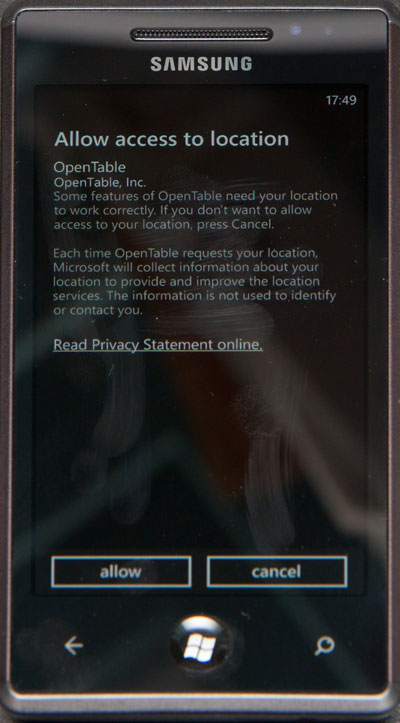

Once it is installed and your computer has been restarted, launch VMware Player to complete initial setup. Download the software from VMware's site and install this package by following VMware's instructions. We support the use of version 4.x+ of VMware's free VMware Player software. The FSL VM (FSLvm) is configured with 2GB of RAM, a virtual hard disk that can grow to 50GB in size, shared (NAT) networking (ie it shares the network connection of your local computer), virtual sound hardware and virtual CD/DVD drive.īefore you can run the FSL virtual machine, you need to install a Virtual Machine player package. Virtualisation technology allows the programs running in this VM to achieve speeds approaching that of programs running natively in Windows. The software package VMware Player emulates the core hardware of a PC allowing you to run a second operating system 'in a window'. Minimum 10GB, up to 50GB, of free disc space (VM image expands as necessary up to the 50GB limit).Dual core CPU/ multiple CPU recommended.This is fairly easy to setup, and we provide basic installation instructions below, but please note that we cannot in general offer further help for the setup and maintenance of the virtual machine itself - we just offer support on the running of FSL within it. However, if this is not available then you can use FSL on a Microsoft Windows computer by running the Linux version of FSL inside a "virtual Linux machine" (a VM), using a freely available program (free for non-commercial use only) called 'VMware Player' by VMware. We recommend using a UNIX-based computer (such as a Linux PC or Apple OS X) for carrying out data analysis. Increasing the amount of memory available to FSLvm.Since we left it blank, we’re going to use our local machine instead. Go to the last line and write this : export DISPLAY=:0.0 $ sudo apt-get install xfce4Īfter the installation finished, make sure you’re in your home directory. I’m going to use XFCE4 since it’s lightweight, but you may want to try the other such as KDE, GNOME, LXDE, Cinnamon, MATE, etc. Now let’s install Desktop Environment for your WSL. When finished, you will see big window blank screen appear. First you can choose whether you like One Large Window or Fullscreen option, then choose Start no client, and then check Disable access control. You can download it from Īfter installing VcXsrv, let’s start XLaunch and do some setup. VcXsrv is a Windows X-server based on the xorg git sources (like xming or cygwin’s xwin). And now we’re going to the graphical part.


 0 kommentar(er)
0 kommentar(er)
